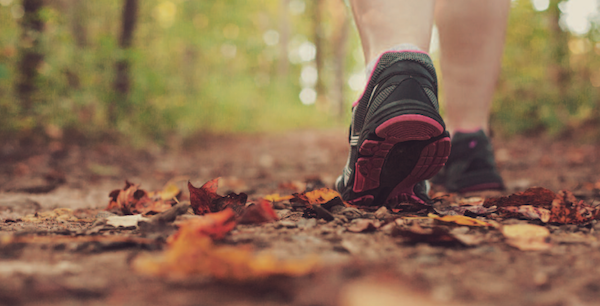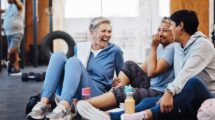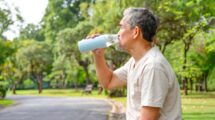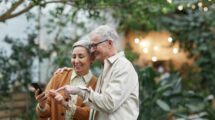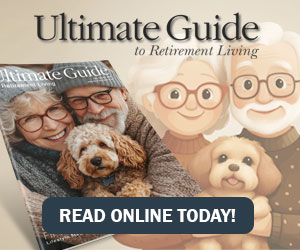Best Foot Forward
As the Canadian population ages, new health implications arise, and one of the most important of these is falls. Older Canadians have an increased risk of falling — one in three over the age of 65 and nearly 80 per cent of those over the age of 80 will fall each year. Up to 25 per cent of those who fall are seriously injured, and the complications that arise subsequent to a fall can lead to disability, morbidity and even death. In the senior population, falls are the sixth leading cause of death, and the number one cause of death due to injury.
The risk factors that increase an older person’s risk of a fall can be categorized as biological, behavioural, environmental and socio-economical.
Most falls happen in the home, so it is important to make modifications as we age to increase safety and maintain independence. If you are caring for a senior living at home, encourage or help them to keep their environment safe. In the bathroom, place non-slip mats or benches inside and outside the tub or shower and install grab-bars by the toilet and in the tub or shower area. In the kitchen, keep things organized so that everyday items are on shelves within easy reach, and encourage seniors to ask for assistance rather than climbing on chairs or stools. On indoor and outdoor stairs, ensure that there are handrails on both sides of the staircase. General suggestions to keep the home safe include: secure any loose or wrinkled carpet, avoid area rugs and ottomans, and clean up any spills or clutter as soon as possible.To prevent falls that may occur at night, have a clear and well-lit path from the bedroom to the bathroom.
It’s a good idea to encourage or help seniors to keep a list of all prescription medications, over-the- counter products and/or herbal supplements that they may be taking. It’s important to discuss all of these products with a pharmacist or MD to avoid possible product interactions or side effects such as dizziness or weakness whenever possible. A number of health conditions can have an effect on dizziness, unsteadiness or awareness, making it important to maintain communication with health care professionals to manage these symptoms and their contribution to falls.Visiting a health professional is also important to assess an older person’s risk of falling. An example of a simple and straightforward tool that can be used is the SPLAT questionnaire:
– Symptoms associated with a fall
– Prior falls
– Location of fall
– Activity at time of fall
– Time of day the fall occurred
Preventing falls is critical to maintaining optimal quality of life and protecting independence, as injuries due to falls frequently lead to a decline in the ability to function on one’s own. Recent evidence has demonstrated that there are many simple, low-tech and low-cost strategies that can greatly reduce the risk of falls and help to keep seniors safely on their feet. It is essential to employ a number of preventative strategies to help protect seniors from falls, as evidence suggests that combining approaches is more successful in reducing the risk of falls than a single strategy alone. General physical activity (such as walking) should be combined with endurance, strength, balance and flexibility training to allow seniors to take an active role in preventing falls. External options such as home safety checklists and external hip protectors can be used to augment self-protection.
The Canadian Chiropractic Association has designed a two-part program entitled Best Foot Forward; Don’t Let a Fall Get You Down, in response to this growing public health concern. Best Foot Forward is a community-based, multi-faceted strategy aimed at seniors to help them avoid falls and maintain their independence.The ability to age successfully and experience a greater ‘health expectancy’ (rather than prolonged life expectancy) has consistently been shown to be of the utmost importance to older Canadians. The first part of this program is a DVD that was created to demonstrate procedures that assess an older person’s risk of falling and includes the Public Health Agency of Canada’s report entitled Report on Seniors’ Falls in Canada. The DVD contains a Home Safety Checklist to allow a person to identify potential risks in his or her home, followed by suggestions to modify these risks.The second part of this program is an information package for practitioners to distribute in their communities, including a PowerPoint presentation that can be shared with seniors — a strategy that has been shown to be effective for public health initiatives. ■



